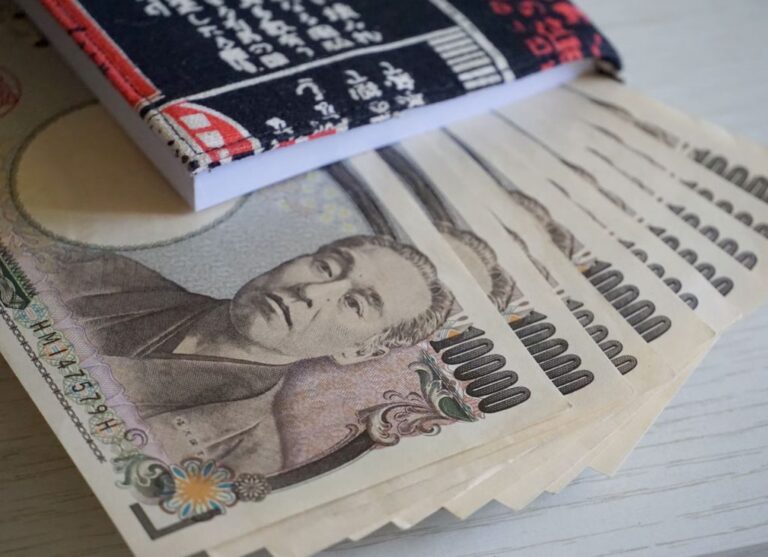
Morning Brief – Negative
In a hailed return to phraseology I condone the expression “no news is good news”. Sure it has its flaws but it’s watertight in circumstances when it is deployed to mean that without information to the contrary we might assume that all is well. I’m also, quite obviously and tautologically, willing to accept that good news is indeed good news. However, try and tell me that bad news is good news and I’m afraid my seemingly liberal linguistic mood this morning will be exhausted. Nonetheless markets sometimes seem to interpret headlines that way.
There’s been positivity within the South African Rand this week. The emerging market currency has gained 1.6% in value against the US Dollar following a fairly tragic verdict of South African credit worthiness last week. As you will know, markets have waited a long time to see how Moody’s ratings agency will view the creditworthiness of South African debt. The decision was revealed on Friday within a context where we had been guided by the agency some months earlier to believe that a downgrade is largely impossible because the outlook on debt is currently classified as neutral. So Friday should have presented markets with dichotomous outcomes: Moody’s remain with a neutral outlook on sovereign debt or revise this guidance to negative, paving the way to a downgrade next year.
We got the bad news: Baa3 Negative is now the ratings agency’s appraisal of foreign and local currency issued long-term sovereign debt. This translates to the lowest grade of quality whilst remaining above ‘junk’ status but with a warning that the agency believes there is a risk of slipping down from investment grade. If South African debt is downgraded to Junk at its next meeting following the budget presentation after Q1 2020 or at its next scheduled bi-yearly appraisal then the debt will no longer be of the required quality to be held by the enormous investment grade fixed income funds across the world. Due to the broad foreign ownership of the domestic debt there will necessarily be a sudden and severe outflow of capital from sub-Saharan Africa’s largest economy. The size of the capital outflow is estimated to be around USD 15 billion, or approximately GBP 11.6bn at today’s exchange rate.
In terms of impact, that’s 25% of daily spot liquidity in the South African Rand all going one way at one moment. Whatever the market price of the Rand heading into that event would therefore not be adequate to provide sufficient demand to clear the sudden flood of selling orders. The market would therefore devalue the Rand across all of its currency pairs in a sudden and sharp crash. So guiding the market towards this inevitability with a reversion to a ‘negative’ outlook should be seen as seriously bad news. So why did the Rand appreciate? The passing of the decision and confirmation of the market’s expectation of a change in the outlook first of all represents a passing of risk with the possibility of an immediate downgrade eliminated. The conclusion is therefore that markets were cautious of Moody’s Johannesburg’s guidance that a fall into junk was highly unlikely this time around and continued to hedge the event with a mild short bias on the Rand.
The price action between today’s market value and a potential downgrade next year will depend on how well political developments meet Moody’s concerns. During the presentation of their decision last week, Moody’s highlighted concern that Cyril Ramaphosa, South African President and leader of the ruling African National Congress Party, would not find the political capital to implement the reforms he promised to enact upon taking over the office from President Jacob Zuma. In additional to political progress, the agency and markets alike are concerned that the debt solution to the money pit of Eskom is incomplete and insufficient. Evidence of progress (or lack therein) on these two issues will prove Rand positive (or negative) as it would seem more likely that South Africa escapes a downgrade (or one seems more likely) and returns to its neutral outlook (or downgrades).
Discussion and Analysis by Charles Porter

Click Here to Subscribe to the SGM-FX Newsletter
Related Insights

Morning Brief – Japanese Yen
Japanese Yen With JPY at a new 34 year low versus EUR, the market is set for an ambush by the Bank of Japan if it acts today at the end of their Policy Meeting to support the Yen. The reason that the market is susceptible is because it has convinced itself that the BoJ […]

Morning Brief – Coalition
Coalition This briefing is about South Africa and the Rand, which frequently proves to be one of the more divisive subjects within our roster of currencies. In particular, with the election looming, this will be about South African governance. Not from a political or human perspective about what may be the best long term outcome […]

Morning Brief – US Tariffs on Chinese Imports
US Tariffs on Chinese Imports Recently we wrote about how Mexico has become the Number One trade partner for the USA. It now transpires that Mexico may have had what is known as a little assist with their numbers: the statistics for the number of 20 foot shipping containers for the first three Quarters of […]



 Humphrey Percy
Humphrey Percy Charles Porter
Charles Porter